How to Maximize Your Orthodontic Treatment
January 6th, 2025
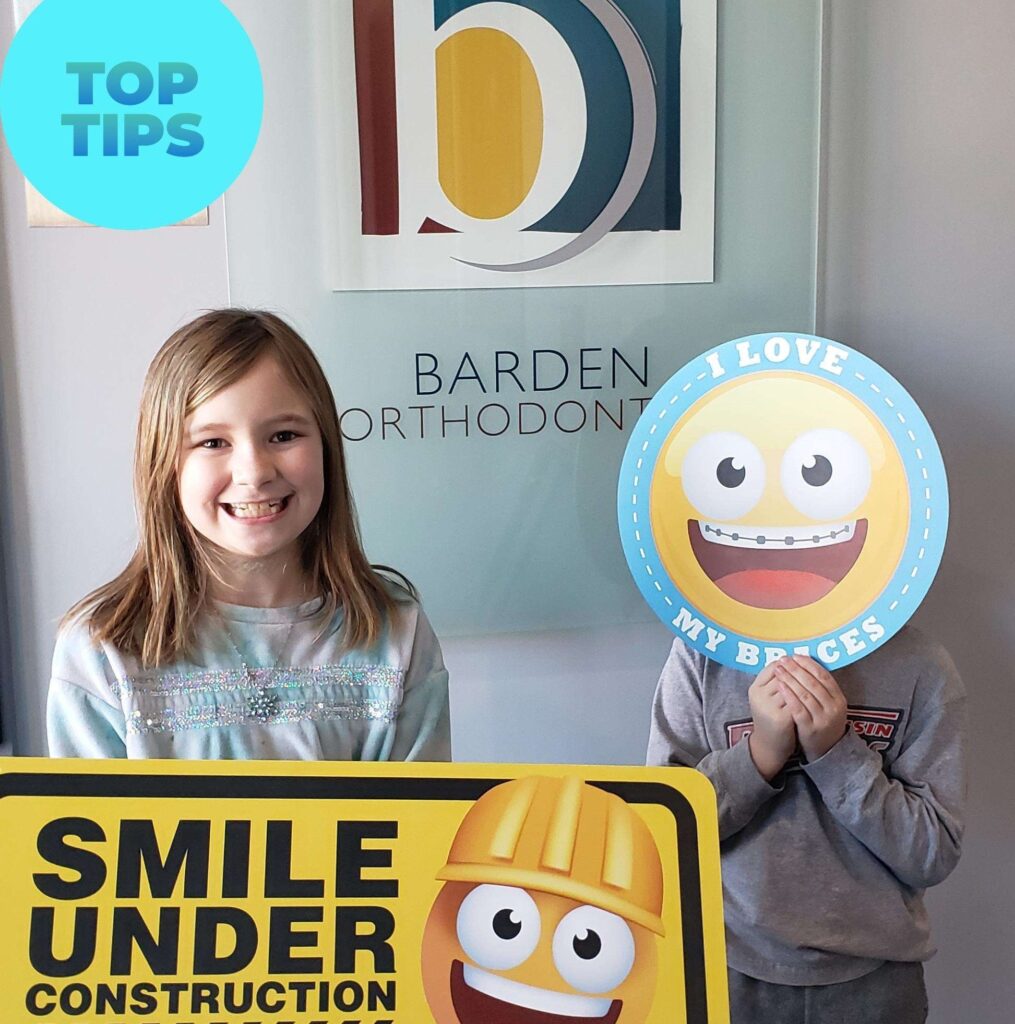
Embarking on orthodontic treatment is an investment in your smile and overall oral health. To ensure the best possible outcome, it’s helpful to follow certain guidelines that will help you maximize your treatment. Here’s how you can make the most out of your time with braces or aligners.
1. Follow Your Orthodontist's Instructions
Dr Barden has outlined a specific treatment plan that meets your medical needs, so adhere to his advice. Be careful to avoid information from websites or doing what others have done as their orthodontic treatment needs are likely different. Attend all scheduled appointments and follow any instructions regarding rubber bands, headgear, or adjustments. Missing appointments or failing to wear additional appliances can delay your progress.
2. Maintain Excellent Oral Hygiene
Braces and aligners can trap food particles, increasing the risk of cavities and gum disease. Brush your teeth at least twice a day, and ideally after every meal, using a soft-bristled toothbrush and fluoride toothpaste. Don’t forget to floss daily with floss threaders or interdental brushes designed for braces to reach those tight spaces.
3. Watch Your Diet
Healthy food is important for healthy teeth! Avoid hard, sticky, or sugary foods that can damage braces or delay treatment. Sticky foods like caramel and gum can get caught in the wires, while hard foods like nuts and popcorn can break brackets. Instead, opt for softer foods like yogurt, mashed potatoes, and soft fruits.
4. Protect Your Mouth During Sports
If you participate in sports, wear a mouthguard to protect your braces and teeth from injury. A custom-fitted mouthguard provides the best protection and ensures your orthodontic treatment stays on track.
5. Be Patient and Consistent
Orthodontic treatment takes time, and it’s essential to be consistent with your care routine. Wear your elastics or aligners as instructed, even if it feels uncomfortable at first. Consistency is key to achieving the desired results.
By following these tips, you can ensure that your orthodontic treatment is as effective and efficient as possible, resulting in a healthier, straighter smile. Follow us on Facebook, Instagram or X (Twitter) for more helpful orthodontic tips from Dr. Douglas Barden and his team at his Whitefish Bay, WI office.





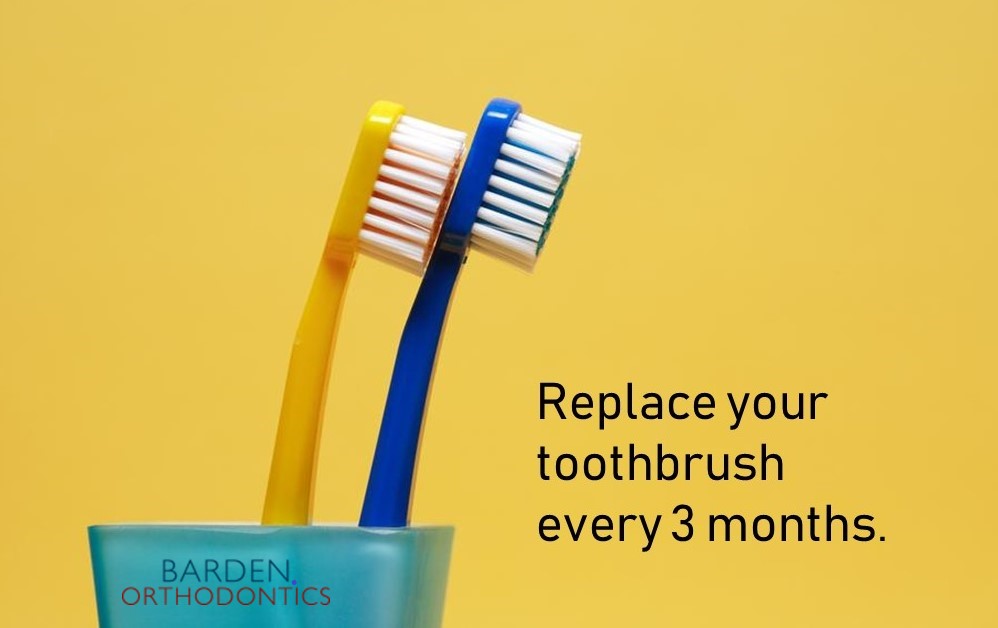

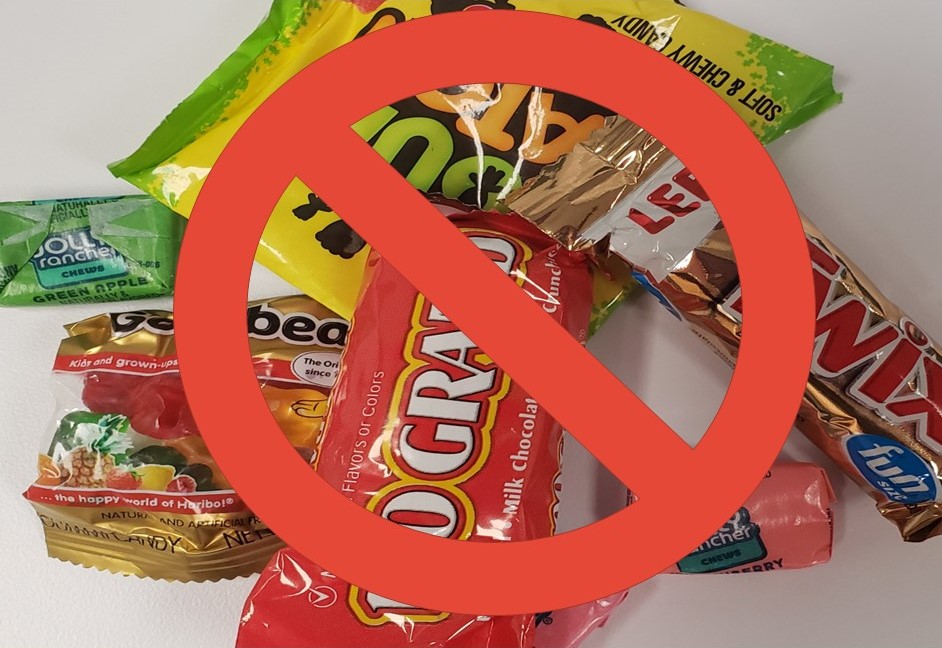

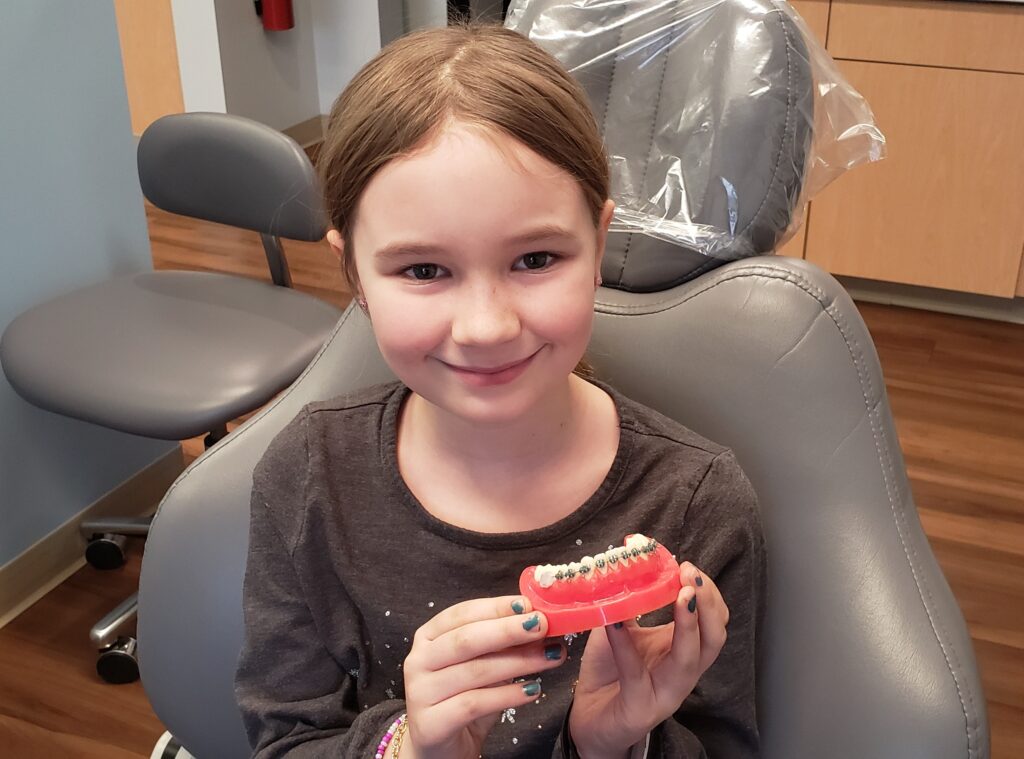

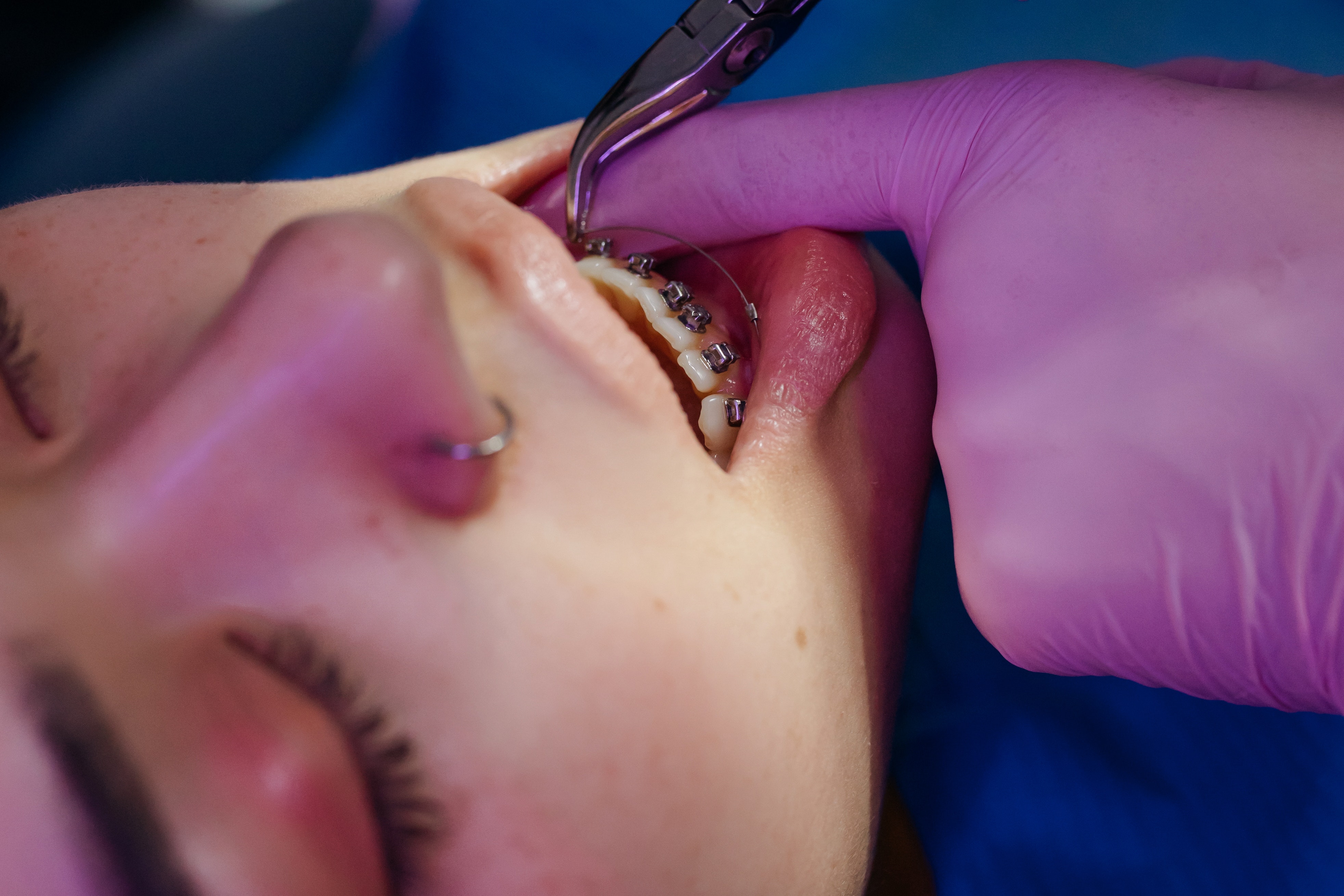
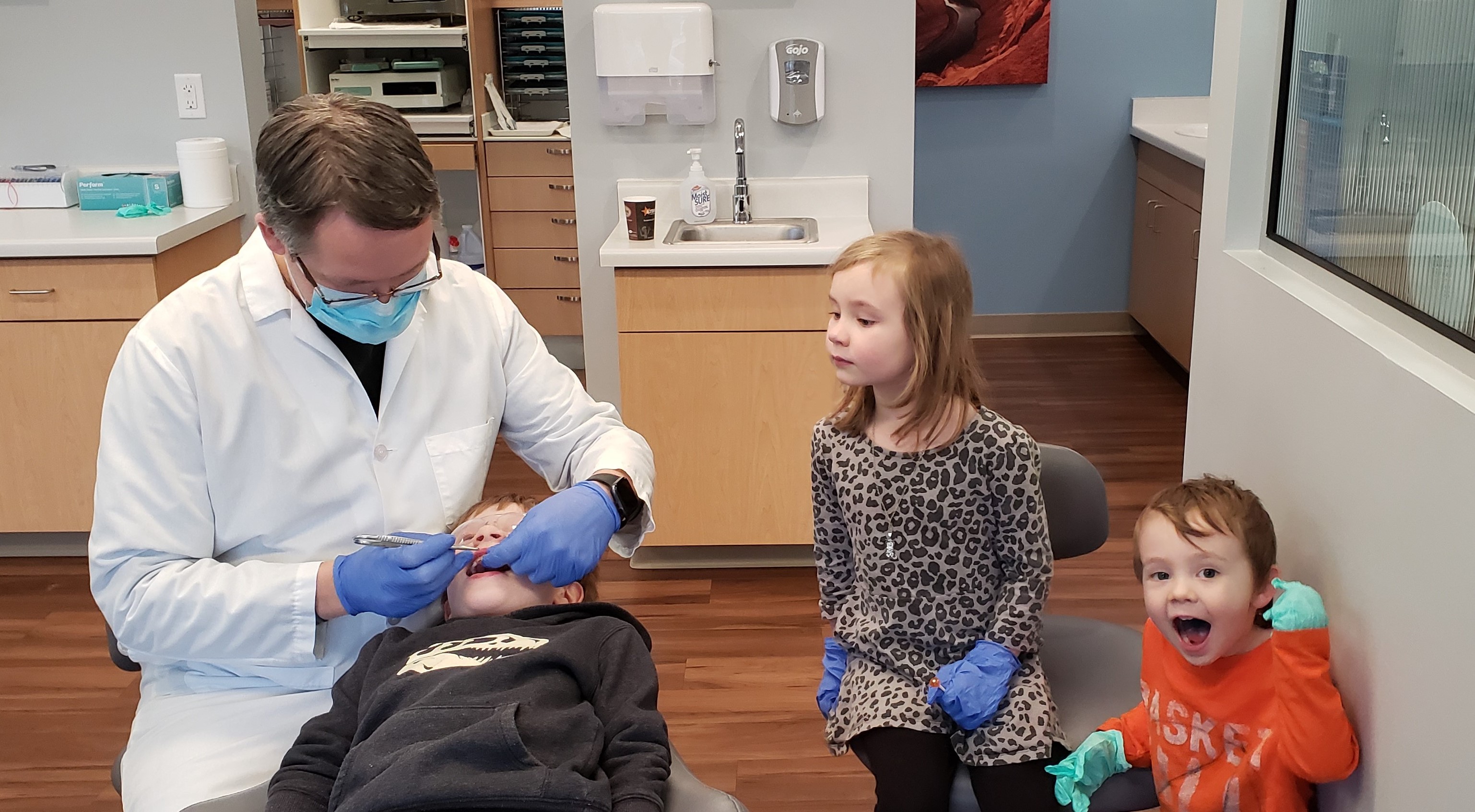





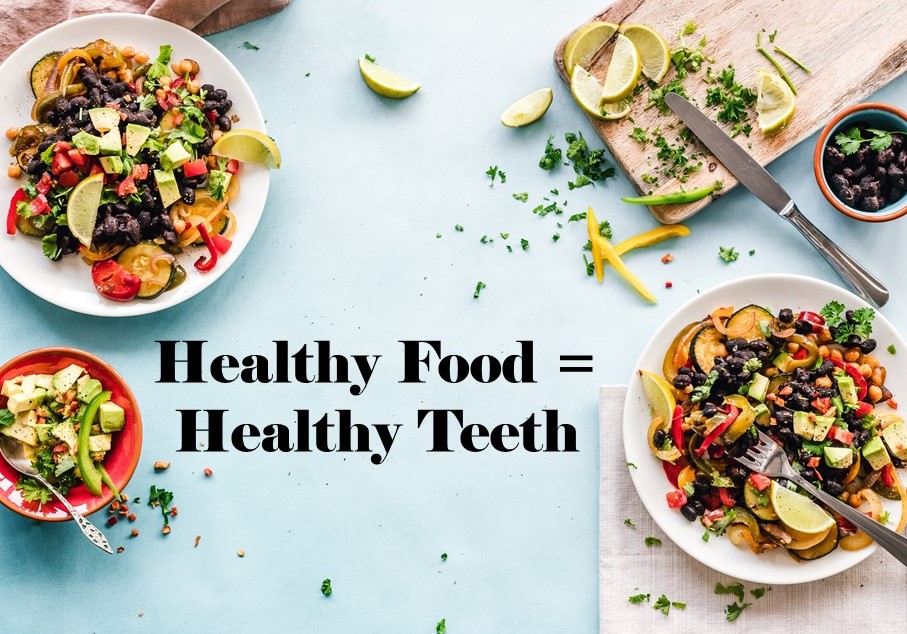










 Website Powered by Sesame 24-7™
Website Powered by Sesame 24-7™